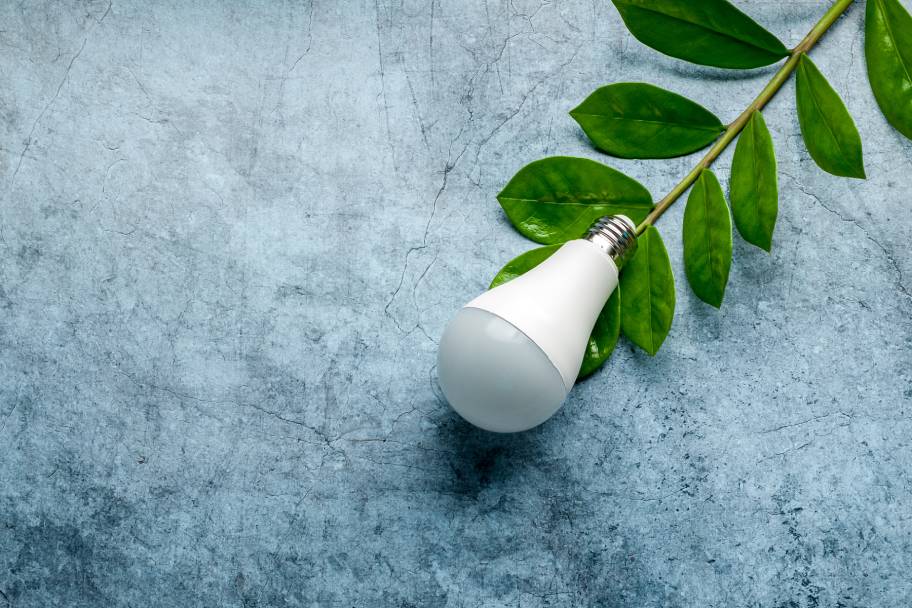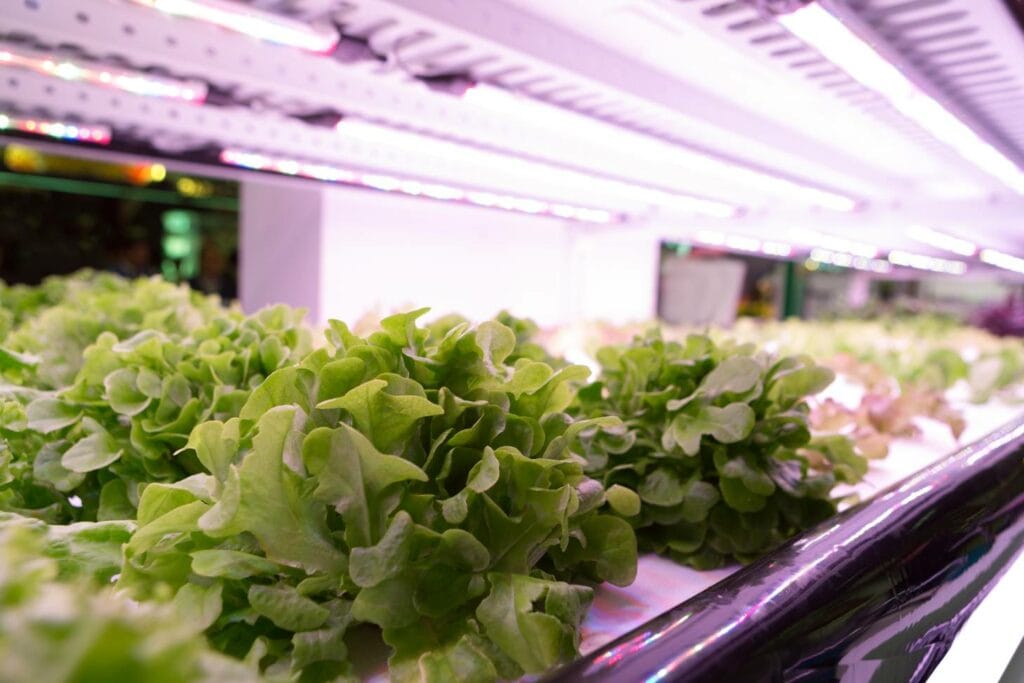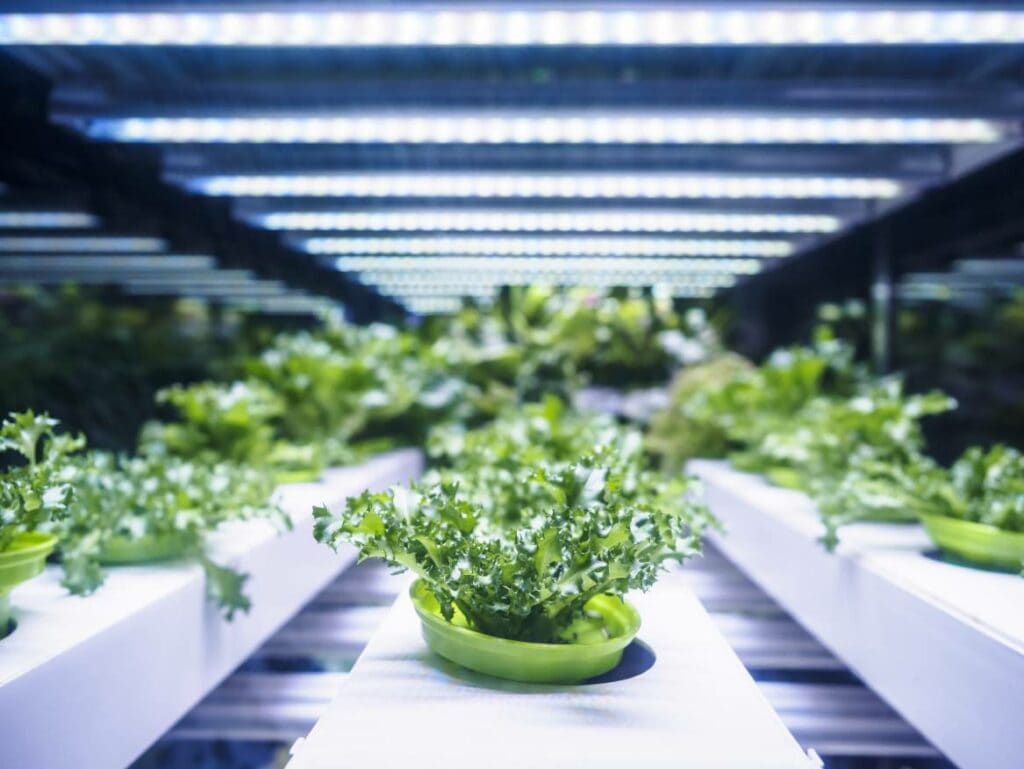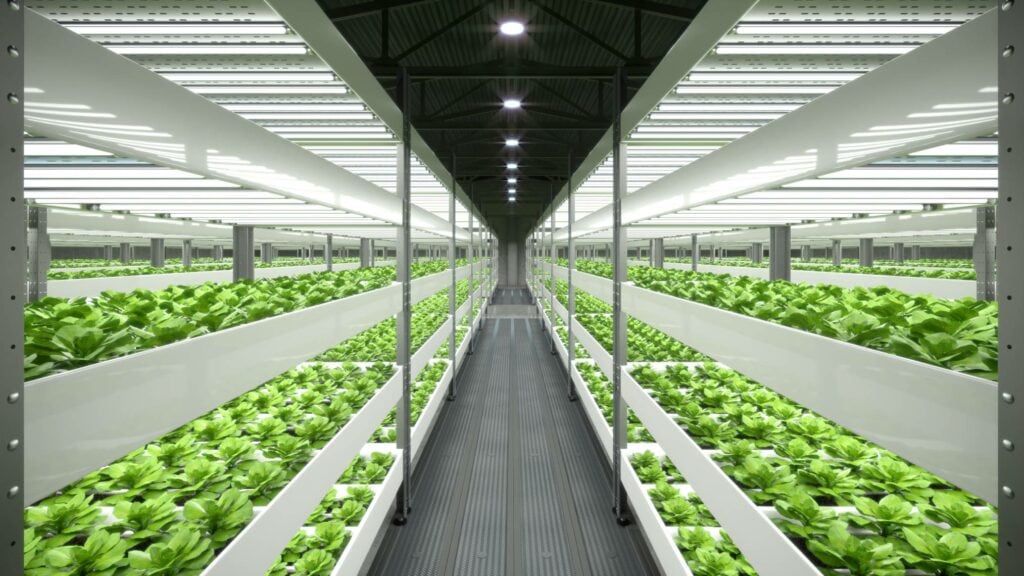Can Grow Lights Burn Plants? Important Care Facts & FAQ
-
Greg Iacono
- Last updated:

Growing plants indoors using artificial lighting has been around almost as long as the light bulb. Today there are grow lights that reproduce the sun’s UV rays quite well, helping indoor plants to thrive. Grow lights are an indispensable part of indoor growing, whether plants, herbs, or veggies are on your menu. However, one critical question is can grow lights burn plants? The answer is that grow light can burn plants, even LED grow lights. Grow light experts agree that a grow light with a PPFD (photosynthetic photon flux density) of 800 or higher can burn your plants.
One thing to remember when setting up grow lights is to keep them the correct distance from your plants. Most grow lights, including incandescent, HID, and fluorescent lights, get very hot when used. That’s why many growers use LED grow lights. LED lights do produce heat, usually about 20% of their energy. However, LEDs deal with the heat more effectively.
For that reason, you can place them much closer to your plants without the risk that they will get burned. In some cases, LED grow lights can almost touch your plants without any cause for alarm, but it depends on the plant.
Now that you know that some grow lights can burn plants while others are much less risky, you might have other questions. How far should grow lights be placed from your plants, for example, and can you overuse grow lights? To find out, we invite you to read on! We have the answer to these questions and some great advice about using grow lights.
Can LED Grow Lights Burn Plants?
LED grow lights are the safest, and it’s almost impossible for them to burn plants if everything is set up correctly. There are a few situations, however, where an LED grow light might burn your plants, including:
- Using inferior quality LED lighting fixtures
- Poor or incorrect electrical wiring to your grow lights
- Failure to use a junction box to connect your LED grow lights
- The wires on your grow lights are too short or unprotected
- Using the incorrect wattage or amperage to connect your grow lights
- Overlapping LED grow lights to the extreme

Can you Overuse Grow Lights?
It is possible to overuse grow lights, and many people do it under the false assumption that more light = more plant growth and health. This impression couldn’t be further from the truth, however. Plants need light for photosynthesis, which is the amazing process they use to turn the sun’s rays into energy.
But, as with all living things, plants have many biological and physiological processes that occur after the sun has gone down. That includes metabolizing the energy they’ve made, growing, repairing wounds, and producing fruit.
If you bathe your plants in grow lighting 24 hours a day, you take away the precious time they need to rejuvenate, much like taking away a person’s ability to sleep well. For this reason, you should turn your grow lights off most of the night. John Morse, the director of horticulture at Lewis Ginter Botanical Garden in Richmond, Virginia, is a great example. Mr. Morse keeps his houseplants under grow lights for about 15 hours a day and no longer than 18.
How Far Should LED Grow Lights be from Plants?
We mentioned at the beginning of this article that placing them very close to plants is possible with little risk of burning, depending on the LED grow lights. However, grow light experts recommend setting your LED grow lights about 12 to 18 inches away from your plants for safety. This rule is not universal and will often change from one plant to another.

Can Plants Survive with Only Grow Lights?
Yes, many plants will grow from seed to mature plants with grow lights alone. They include houseplants, fruit and veggies, and orchids. Plant grow lights provide Photosynthetic Active Radiation (PAR). PAR is radiation provided (normally) by the sun, and it’s the type plants need for photosynthesis.
Of course, even the best grow lights can’t duplicate the sun’s rays exactly, which is why outdoor growing is always best.
Can House Plants Grow under Regular LED Lights?
It might surprise you that plants can grow under “regular” LED lights. The difference between these and LED grow lights is simply that LED grow lights are much stronger and provide more light.
Grow lights, even if they may produce a different-colored light, don’t produce a light different from regular lighting fixtures. However, they have many more diodes and, thus, more light power. For example, a decent quality grow light will provide about 20,000 lumens. A regular LED light, however, only produces about 500 lumens.

Can I Put Grow Lights into Regular Overhead Light Fixtures?
While technically it’s possible to put grow lights into ordinary overhead light fixtures, there’s one problem: they’re too far away to do any good. Grow lights need to be as close as possible to your plants to have the greatest effect. If you like, you could put a grow light into a small lamp that you can place at the right distance from your plants. However, hanging one from the ceiling would be a waste of time and money.
Which Indoor Plants Need Grow Lights the Most?
There are several plants you can grow indoors. Some plants might not need to grow under lights if your home gets plenty of natural light from windows and doors. Other plants, however, need much more light than you’ll find in the average house. Grow lights can be a godsend for those plants, helping them thrive and grow even in the lowest light conditions. Some of the plants that could use the light boost a grow light can provide include:
- Most of the varieties of Cacti
- Citrus plants
- Geraniums
- Hibiscus
- Orchids
- Poinsettias
- Succulents

What Are Full Spectrum Grow Lights?
In your search for grow lights, you’ll inevitably come upon a company promoting their “full-spectrum” grow lights. From what we’ve found, the only problem is that there’s no such thing as a “full-spectrum” grow light. The truth is, like “natural flavors,” the term “full-spectrum” was invented by marketers. It implies that the light emanating from your grow light matches the light produced by the sun.
- Full-spectrum lights are not optimized for plants.
- They do not include the full solar spectrum of light.
- They do not produce dynamic light. The sun is dynamic light, which means that it is constantly changing.
Final Thoughts
Grow lights won’t burn your plants under normal conditions when you hang them from the correct distance. They do, however, have the capacity to burn them, as all lights produce heat (even LEDs). Also, like any electrical fixture, you must connect your grow lights correctly and securely to reduce the fire risk.
We hope the information we’ve provided today has been genuinely helpful and given you the answers you sought. Growing plants indoors can be an enriching pastime and provide beauty and food for you and your loved ones.
- https://darklessled.com/can-led-grow-lights-burn-plants/
- https://www.popsci.com/diy/grow-lights-for-plants/
- https://agnetix.com/10-mistakes-to-avoid-when-using-led-grow-lights/
- https://www.greenhousetoday.com/can-plants-grow-with-artificial-light/
- https://planethouseplant.com/will-house-plants-grow-under-normal-led-lights/
- https://www.lumigrow.com/learning-center/blogs/full-spectrum-led-grow-lights/
Featured Image Credit: daniiD, Shutterstock
Contents
